172 posts
Latest Posts by cjtitties - Page 2

F.E. Yates in his custom motorcycle, ca. 1900s.
Over 2,000 motorcycles from different parts of Illinois and Indiana met in Chicago for a jubilee. Every kind of a cycle was there from scooters and motor wheels, to side-cars. The motorcycle police led the way for the tourists to see Chicago.
Captain F.E. Yates, of Chicago, and his especially constructed motorcycle of own design. Being unable to saddle the cycle, Captain Yates has invented a collapsible extension handle bar which lets him control the cycle from the side car.
Me after a long day
(Source)
i’ve just come across one of my favourite videos on the internet
They’re distracting a nervous dog during a blood draw.
(Source)

RIP Akira Toriyama (1955-2024)

MC ART CHALLENGE PART 5 👋🏻
<< PART 4 || PART 6 >>
I personally feel like I've been improving with drawing different faces and hairstyles, and I have all of your MC's to thank for that!! 🫶🏻💕
@venomousvio @cjtitties @zetadraconis11 @morelikeravenbore @maxiepdmoore-art @zorro-d-t
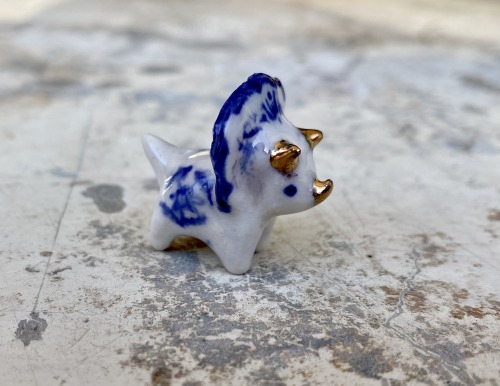
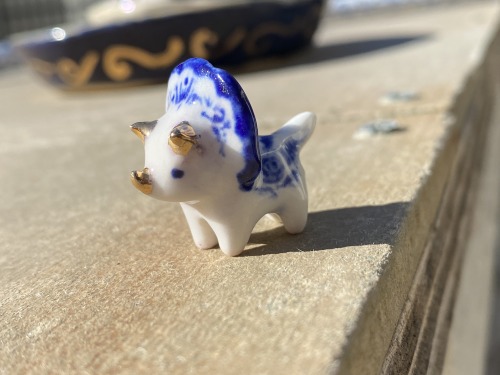
Little fucking guy alert!!
[ID: two photos of a porcelain triceratops from different angles. The triceratops is very small and has blue floral designs on its crown and body. Its three horns are painted with gold luster.]


Unmute !
woke up today and realized that tumblr entirely killed fuck ya life bing bong so here ya go again



In 1928, a figure known as the Ice Man could be seen delivering a 25-pound ice block in Houston, Texas. This snapshot reflects a time when the ice trade was a highly profitable industry, primarily during the 19th and early 20th centuries. Ice was harvested from natural sources such as ponds and streams and then transported via railroads or ships to various destinations worldwide. An intricate network of ice wagons was responsible for the final distribution of this valuable commodity.
The roots of this industry can be traced back to 1806 when Frederic Tudor, also known as the Ice King, initiated the ice trade in New England by shipping ice to his affluent clientele in the Caribbean. Over the years, his enterprise expanded to encompass regions like Cuba and the southern United States. Eventually, ice was being shipped to destinations as far-flung as India, Australia, China, and South America.
At the zenith of the ice trade, this sector in the United States employed a staggering 90,000 individuals and relied on the labor of 25,000 horses. The demand for ice experienced a notable upswing during World War I. However, once the war concluded, the ice trade saw a precipitous decline due to the advent of refrigeration cooling systems. By the 1930s, modern refrigerators began to gain prevalence in households, and by the 1950s, they had become nearly ubiquitous in both the United States and Europe. This technological advancement rendered the ice trade largely obsolete.

as a hamster owner myself, i can confirm that baldur’s gate 3 accurately represents the hamster / hamster “owner” dynamic


Marines with gigantic training guns at Camp Pendleton, California, 1956. The gigantic fake weapons were used to help the soldier better understand the parts and the mechanics of a weapon. Camp Pendleton, California. October 1956.`


gold butterfly koi ⚱️ | source
obsessed with the way my robotics team lead talks


she’s reinventing hieroglyphics

Artuš Scheiner (1863 - 1938)


Aliko Dangote, the richest man in Africa, has been tormented by a Brazilian man named Osvaldo for the last several years.







The throne cradle of Napoleon’s son, the so-called “King of Rome”, made in 1811.

Discovering ancient burial sites can often reveal fascinating insights into the lives of our distant ancestors. One such discovery is the 7000-6000-year-old burial of a young woman, estimated to be around 20 years old at the time of her death, and her newborn baby, found in Vedbaek, Denmark.
What makes this burial particularly intriguing is the presence of 200 red deer teeth placed by the woman's head, and the newborn being cradled in the wing of a swan with a flint knife placed at its hip. It is believed that the mother and child tragically died together during childbirth.
The exquisite details of this burial paint a vivid picture of the rituals and customs of our ancient forebears. The placement of the red deer teeth and the use of the swan's wing as a cradle suggest a reverence for nature and an appreciation for the beauty of the animal world.
This discovery is a testament to the incredible creativity and resourcefulness of our ancestors, and a reminder that even in the most challenging circumstances, they found ways to express their culture and beliefs. The Vedbaek burial serves as a poignant reminder of the profound connections between life and death, and the enduring legacy of our shared human history.

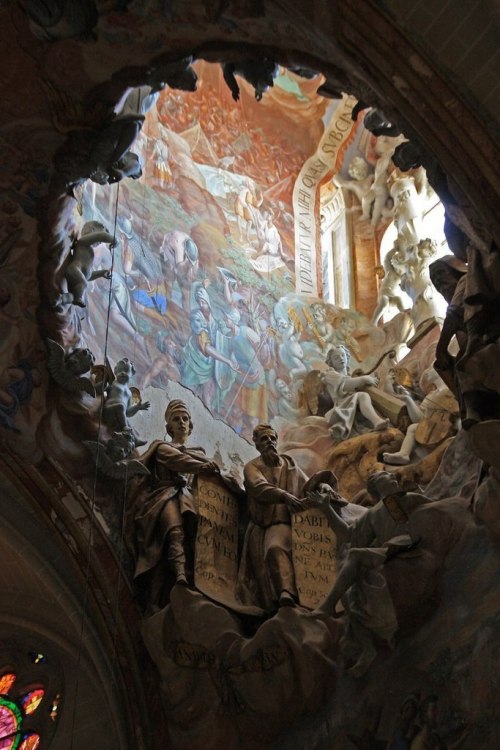
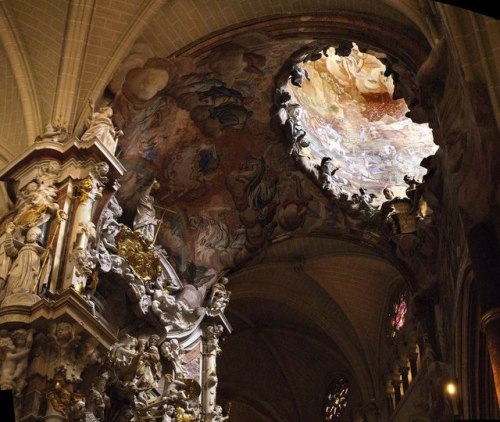


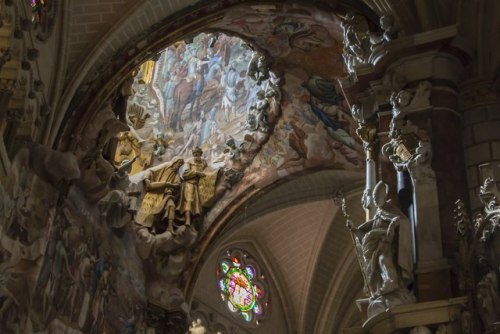
Transparente of Toledo Cathedral, Spain

BRRRRRRRRT!
